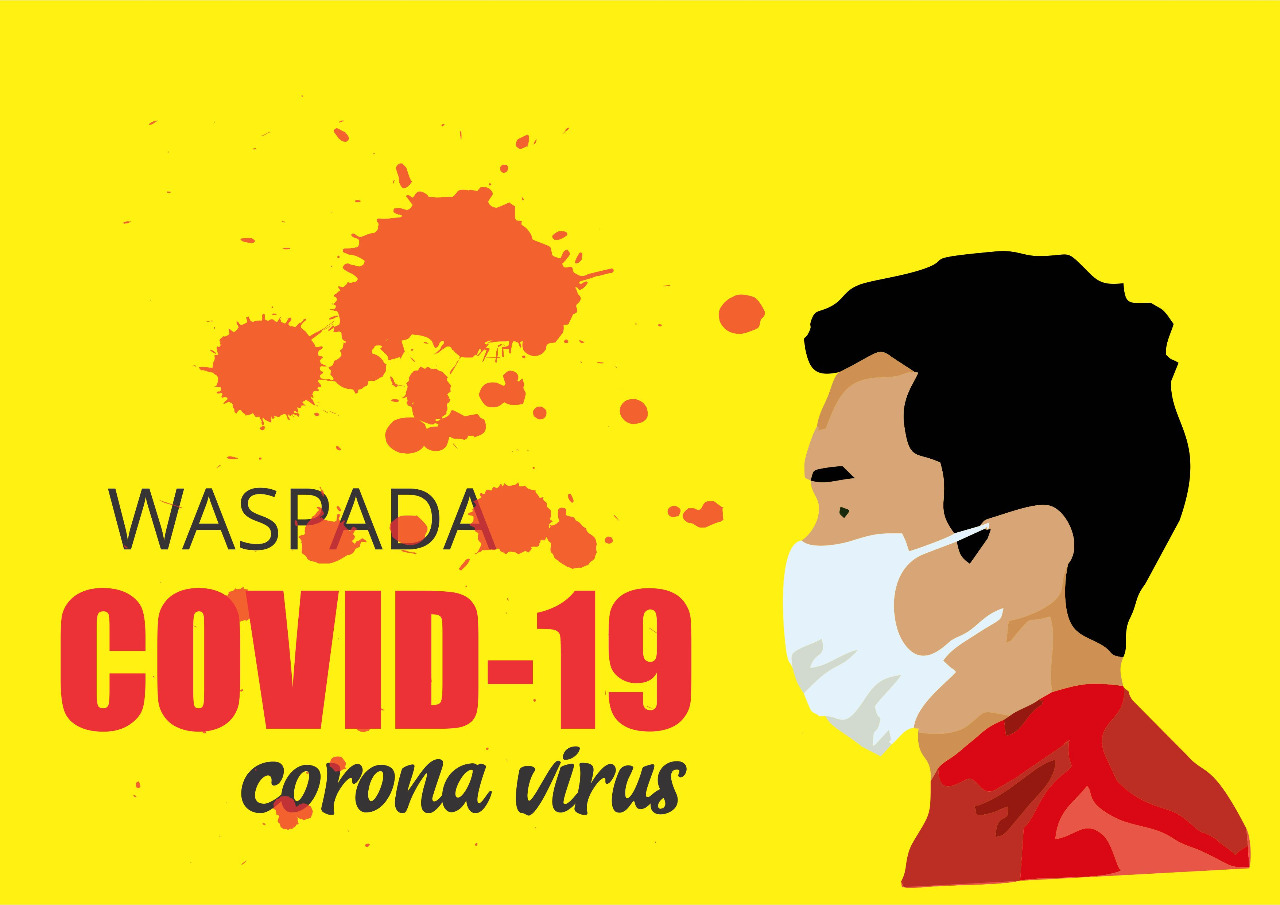Travel is the motion of individuals between different faraway geographical locations. Travel can be done individually, by foot, car, bike, plane, train, bus or train, and is one way to travel or round trip, with no luggage. This is a great way to get away from the daily grind and enjoy a vacation at an exotic location. Most countries around the world have travel brochures, websites and yellow pages to help travelers plan their next destination. There are many ways to plan and create your next vacation including booking a cheap flight, taking a cruise or going to a tropical resort.
Recently recovered golf balls have been a topic of travel interest lately for those who like to travel the world and hit the links on a regular basis. These recently recovered golf balls are now increasing in demand among traveling golfers who travel frequently. In fact, some golfers have actually started their own travel company, called the Travelodge, to help others find tours and travel packages that fit their budget, schedule and travel needs. One of the main features of this company is that they help travelers plan their vacation trips so they can have the time of their life, while experiencing travel at its best.
The Travelodge website offers a variety of travel services, which include planning, processing and reviewing of travel insurance applications, offering pre-boarding services and self-quarantine facilities. All of these services are offered in over 150 countries around the world. The company works closely with the major airlines, to offer the lowest fares and the best customer service to travelers. If you are planning a trip, or already on vacation, the website is a one-stop source for finding all of your travel needs.
In most cases, travelers will have to undergo a rigorous testing period prior to going on their trip. This process varies from destination to destination and is completely dependent on each country’s regulations. In some cases, travelers may need to clear a special “health test” in order to clear a path for travel. If you are going on vacation and you test positive for a disease that is not common in your country, it may be necessary for you to return to your country for a series of further tests and/or treatment. If you are traveling outside of your country and you test negative for a contagious illness or disease that is known to be widespread in your region, it may also be necessary for you to remain in quarantine for the ten days allotted by the government for anyone traveling to that part of the world. Regardless of the case, there is no substitute for proper pre-boarding and clearing of travel health tests, which are often the difference between having an enjoyable vacation and risking contracting a deadly disease.
When testing begins, the traveler will be placed in a holding cell with other random visitors. They will be closely monitored throughout the testing process, to ensure they do not pass on anything to anyone else, nor transmit any disease while in the holding cells. Medical staff will take the time necessary to identify what diseases the travelers may have contracted in their home countries and, if there is any doubt, they will ask for a second opinion from an independent medical professional. Travelers who test positive for the same disease they have been traveling to will be quarantined for another ten-day period. Travelers can call their travel clinic or physician to find out more about their specific condition and the requirements they must meet once they arrive at their destination.
The length of time that someone is out of their country is one of the main reasons they will get tested. If someone has been traveling to areas of the world where there is a risk of getting infected with a disease that is known to be highly contagious, they will want to make sure they are up to date on their vaccinations and receive treatments if necessary. Anyone can become sick or infected with a disease if they are not vaccinated or if they are not properly prepared to handle an illness. A trip abroad can be a beautiful and unforgettable experience, but it can also end up being a dangerous situation if a traveler doesn’t prepare themselves properly beforehand.


